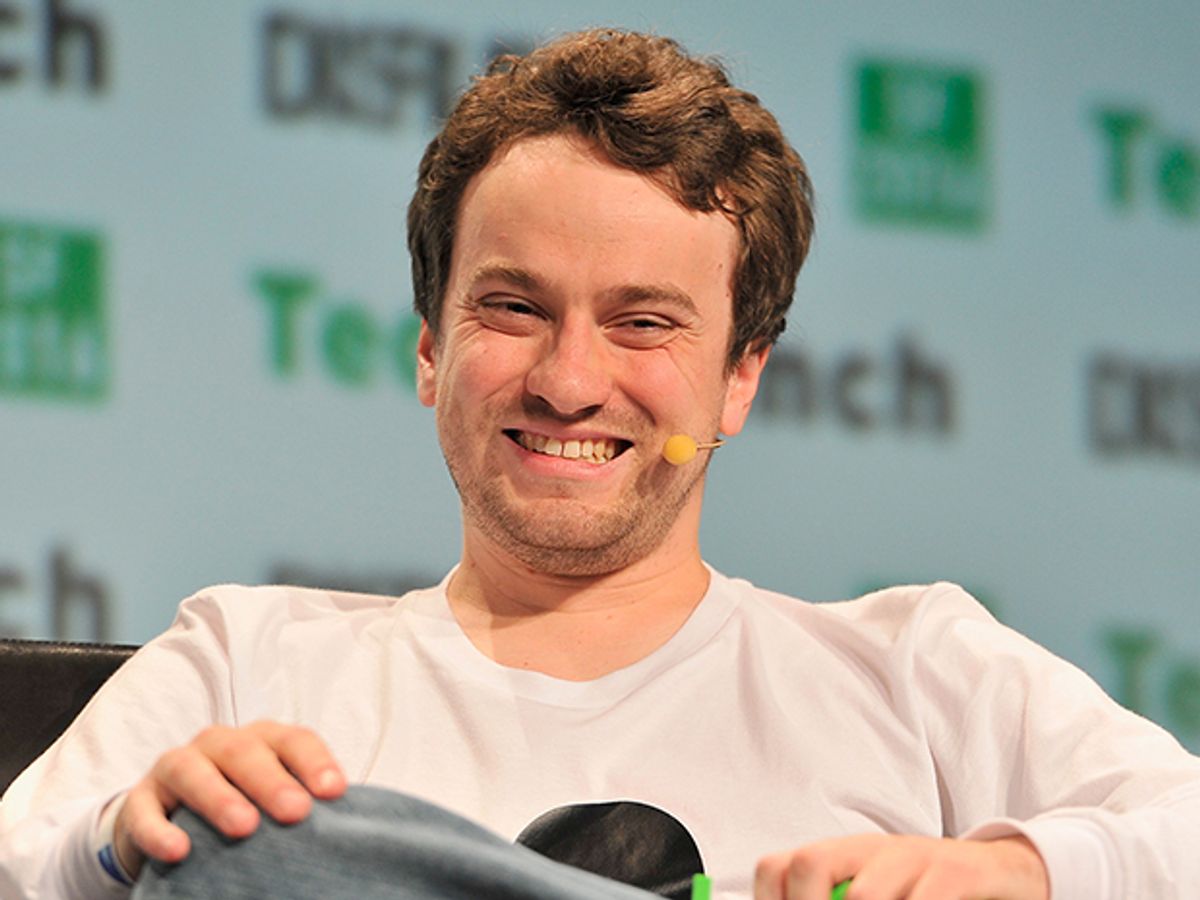George Hotz, at 27 a past master of hacking, has outdone himself by giving away software that he says turns a modestly smart car into one that can more or less drive itself. He contends that it outperforms any production car except a Tesla—at a cost, in parts, of just US $700.
Hotz originally planned to sell an aftermarket system for a bit more than that and make a profit. However, that strategy foundered when the National Highway Traffic Safety Agency started breathing down his neck. So he went open source, reasoning that NHTSA can recall only a product that’s sold, not one that’s given away. Anyone can download the code from his startup, comma.ai.
IEEE Spectrum talked to Hotz last week about the open-source product, called Comma Neo. (This interview has been edited and condensed for clarity.)
How good is your self-driving service?
It’s about on par with Tesla’s Autopilot 7, the one that came out when it launched. Today’s version—8.0—is better than ours, because Tesla did a lot of fleet work. But once people start installing our system and sending data to our network, we can do that, too. If you contribute data from your area, the system will start to drive better there. Today we can go from San Francisco to Mountain View without any user intervention events.
But still you call it self-driving system?
The thing about “self driving” is that the term hasn’t a definition. Look, this is not an autonomous vehicle—it’s a driver-assistance system. It’s not a replacement for the driver, but a copilot. It’s too soon to speculate on full autonomy. Even Google, with its huge sensor array and carefully mapped areas, isn’t there yet.
How can you profit by giving away code?
It’s similar to the way Android makes money: They give away things for free but encourage you to use Google services. We plan to encourage you to become part of the comma.ai network and eventually provide you with services. We think of Tesla as the [Apple] iOS; we want to be [Google] Android. In the beginning, iOS was ahead, but now it’s a tossup. And there certainly seems there should be room for two players—one using the walled-garden approach, the other providing software and the network.
How much must the user spend on hardware?
Neo’s based on the OnePlus 3 smartphone, which is the most expensive piece, at about $400. Then there’s the box for the system, which should cost about $300 if you have to send it it out to be built one-off; if produced in quantity, I think it could go down to sub-$100.
Which cars do you support?
Right now only certain Acura and Honda models. One of our big problems is support for other vehicles; if we make this open source, then other people will do it for us. And people are working on the [Ford] Fusion and the Tesla [Model S]. Go to the leaderboard up at comma.ai; it attracts a very interesting crowd. Most innovation in automotive comes from garages.
Your system works only with models that already have some built-in driver-assistance features, right?
Yes. It uses radar already in the car. The camera comes with the phone, which has a Qualcomm Snapdragon [820 processor]; we use the [Adreno 530] GPU to run a neural network. You have to reflash the phone with our custom operating system.
How safe is Comma Neo, assuming the driver regards it as only a copilot?
On a number of points the software is designed to be safe even in the event of a malfunction. For instance, if you’re on the highway and the actuator starts turning the wheel to the right for no good reason, the driver can override it just using his pinkie. Braking power is also limited, to 0.3 g.
How do you stand for seed capital?
Well, we have Andreesen Horowitz [the VC firm], which provided $3.1 million, and we spent under $1 million to do all of this. And we’ve managed to build something better than every car company except Tesla, and with all of the work done in-house! There’s no Mobileye chip in our product.
You say Tesla’s the carmaker to beat; what do you think of its former partner, Mobileye?
They don’t seem concerned with pushing the technology forward. Instead they use the regulatory powers-that-be to lock people in. I would consider myself more of a success if we advanced self-driving cars by two years than by making a billion dollars. But, of course, it’d be nice to do both!
And what do you think of the auto industry generally?
Last year I met with most of the CEOs of the big auto companies. A lot of them are just hopeless, all adamantly convinced they must own self-driving technology, in house. Bill Ford, chairman of Ford—I’m paraphrasing here—said that otherwise they’d all be reduced to dumb manufacturers, saying he didn’t want to be just the handset maker. But self-driving cars is a huge computer-science problem, and I just don’t see any part of Ford that’s ever solved a computer science problem before.
Philip E. Ross is a senior editor at IEEE Spectrum. His interests include transportation, energy storage, AI, and the economic aspects of technology. He has a master's degree in international affairs from Columbia University and another, in journalism, from the University of Michigan.



